Uncover the eerie secrets of the worlds most deadliest plants in this captivating blog article. From the flesh-melting giants to the silent killers, explore the fascinating yet terrifying realms of nature’s dangerous botanical specimens. Discover the shocking truths and vital precautions to stay safe in this must-read guide for anyone intrigued by the darker side of the plant kingdom.
Nature’s beauty often captivates us with its vibrant colors, intricate patterns, and delicate forms. However, beneath this alluring facade lies a sinister world where some plants possess deadly traits that can harm or even kill. In this article, we’ll explore ten of the most Deadliest Plants on Earth, unveiling the grim realities hidden within the verdant garden.
1. Castor Bean Plant (Ricinus communis)
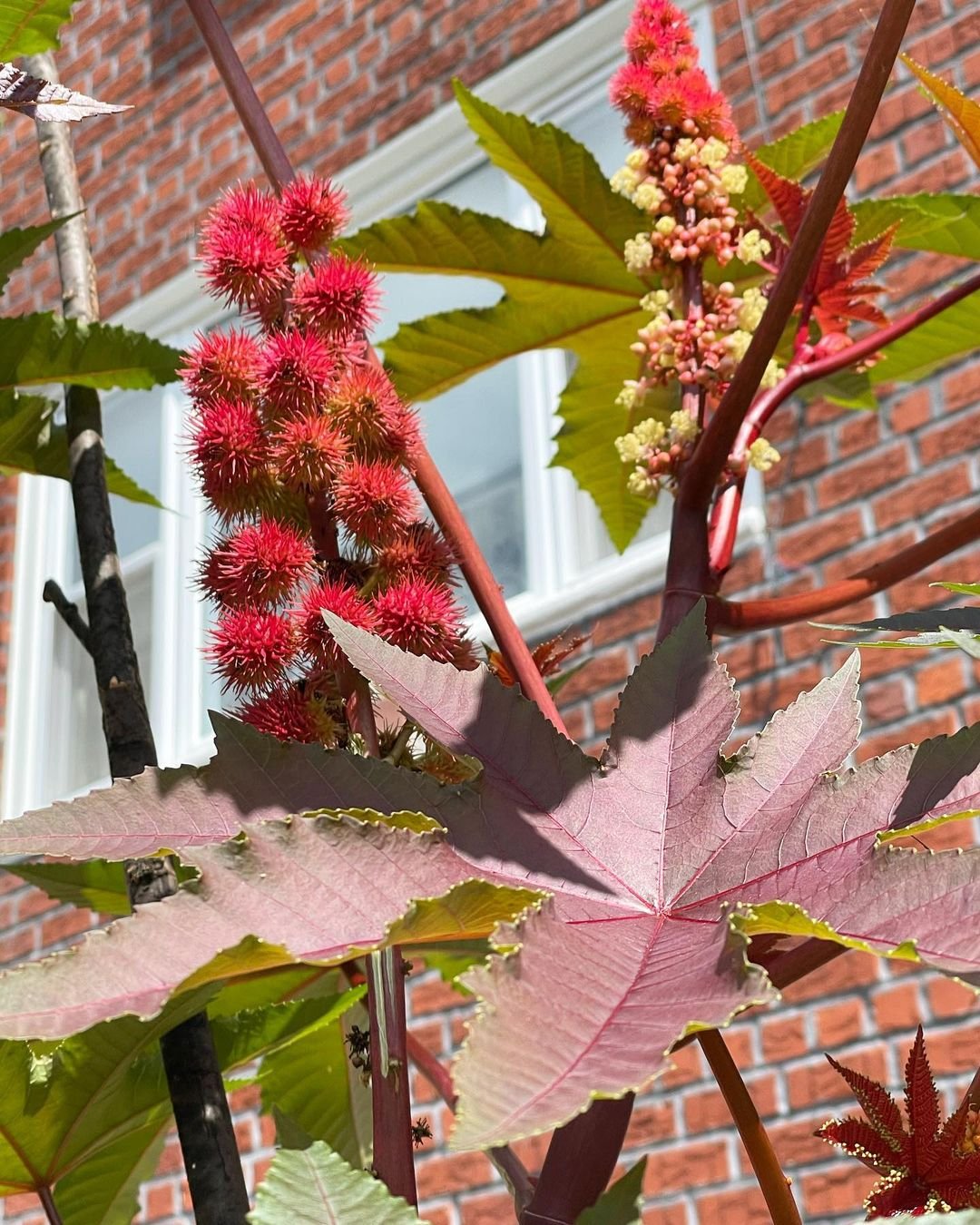
Here’s a short information chart about the Castor Bean Plant (Ricinus communis):
| Attribute | Information |
|---|---|
| Botanical Name | Ricinus communis |
| Common Name | Castor Bean Plant |
| Plant Type | Perennial |
| Zones | Typically grown as an annual in Zones 9-11 |
| Sun Exposure | Full Sun to Partial Shade |
| Soil Type | Well-draining, Fertile |
| Watering | Moderate to Regular |
| Growth Habit | Upright, Tree-like |
| Height/Spread | Can reach up to 8-12 feet tall, Spread varies |
| Special Features | Ornamental foliage, Toxic seeds |
The unassuming castor bean plant harbors a lethal secret within its seeds, which contain a potent toxin called ricin. Just a tiny amount of ricin can prove fatal if ingested, making this plant one of the most dangerous in the world. Extreme caution is advised when handling or being near this plant.
2. Angel’s Trumpet (Brugmansia)
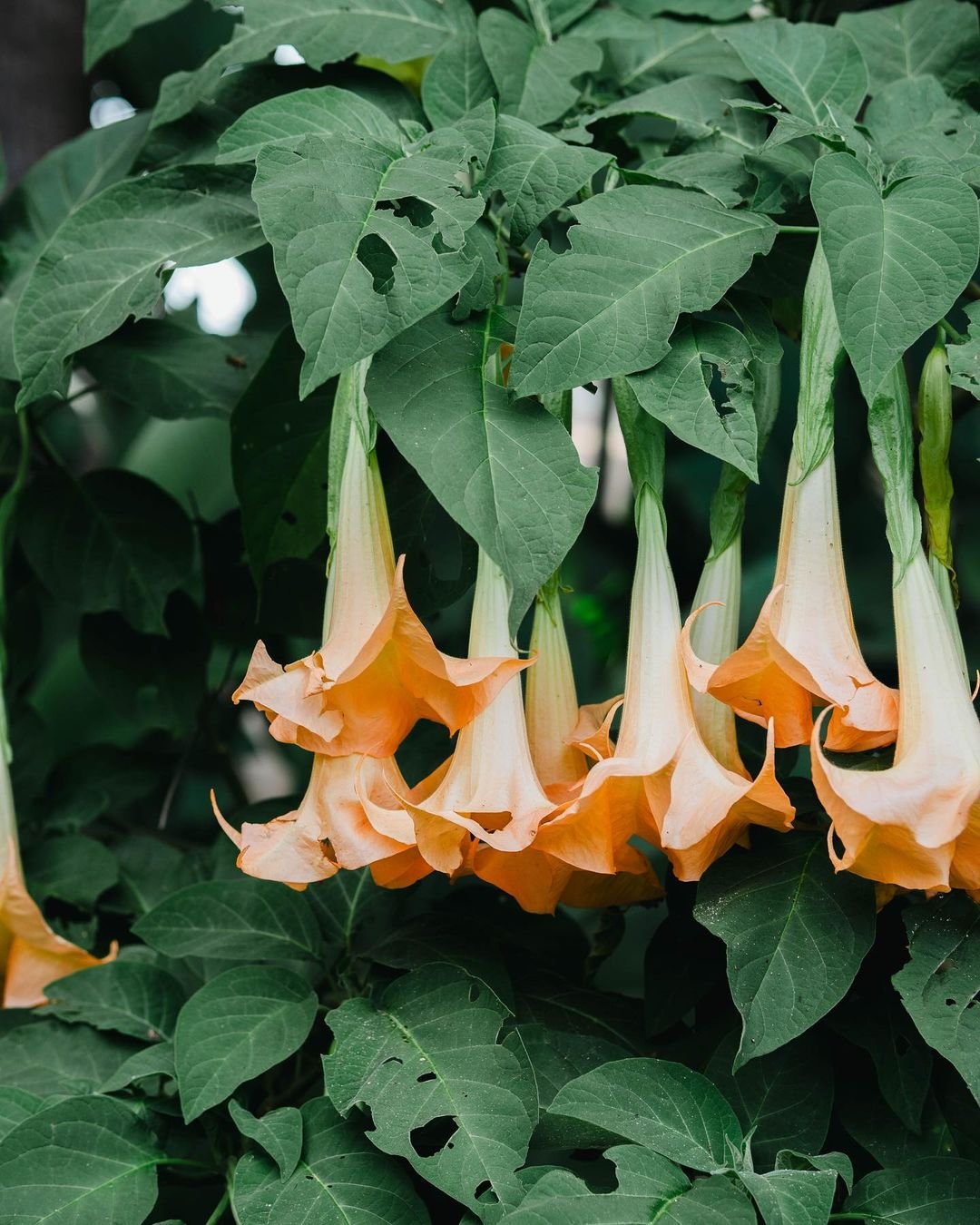
Here’s a short information chart about Angel’s Trumpet (Brugmansia):
| Attribute | Information |
|---|---|
| Botanical Name | Brugmansia spp. |
| Common Name | Angel’s Trumpet |
| Plant Type | Perennial shrub or small tree |
| Zones | Typically Zones 9-11 |
| Sun Exposure | Full Sun to Partial Shade |
| Soil Type | Well-draining, Rich |
| Watering | Regular to Moderate |
| Growth Habit | Upright or Tree-like |
| Height/Spread | Can reach up to 6-20 feet tall, Spread varies |
| Special Features | Fragrant, Large trumpet-shaped flowers |
Despite its heavenly name, the Angel’s Trumpet is far from angelic. All parts of this plant are highly toxic, containing dangerous levels of tropane alkaloids. Ingesting even a small amount can cause hallucinations, paralysis, and potentially fatal respiratory failure.
3. Oleander (Nerium oleander)
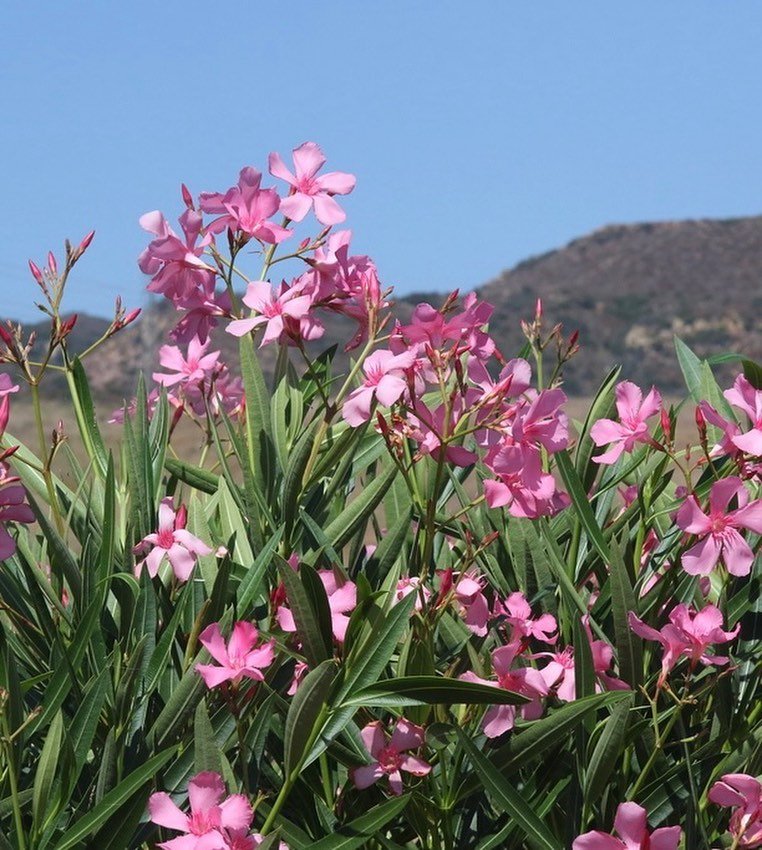
Here’s a short information chart about Oleander (Nerium oleander):
| Attribute | Information |
|---|---|
| Botanical Name | Nerium oleander |
| Common Name | Oleander |
| Plant Type | Evergreen shrub or small tree |
| Zones | Typically Zones 8-11 |
| Sun Exposure | Full Sun to Partial Shade |
| Soil Type | Well-draining, Sandy to Loamy |
| Watering | Low to Moderate |
| Growth Habit | Upright, Bushy |
| Height/Spread | Can reach up to 6-20 feet tall, Spread varies |
| Special Features | Fragrant, Clusters of colorful flowers |
Widely cultivated for its beautiful flowers, the oleander plant is a silent killer. Every part of this shrub contains potent cardiac glycosides that can disrupt the heart’s rhythm and lead to fatal consequences if ingested or handled improperly.
4. Rosary Pea (Abrus precatorius)
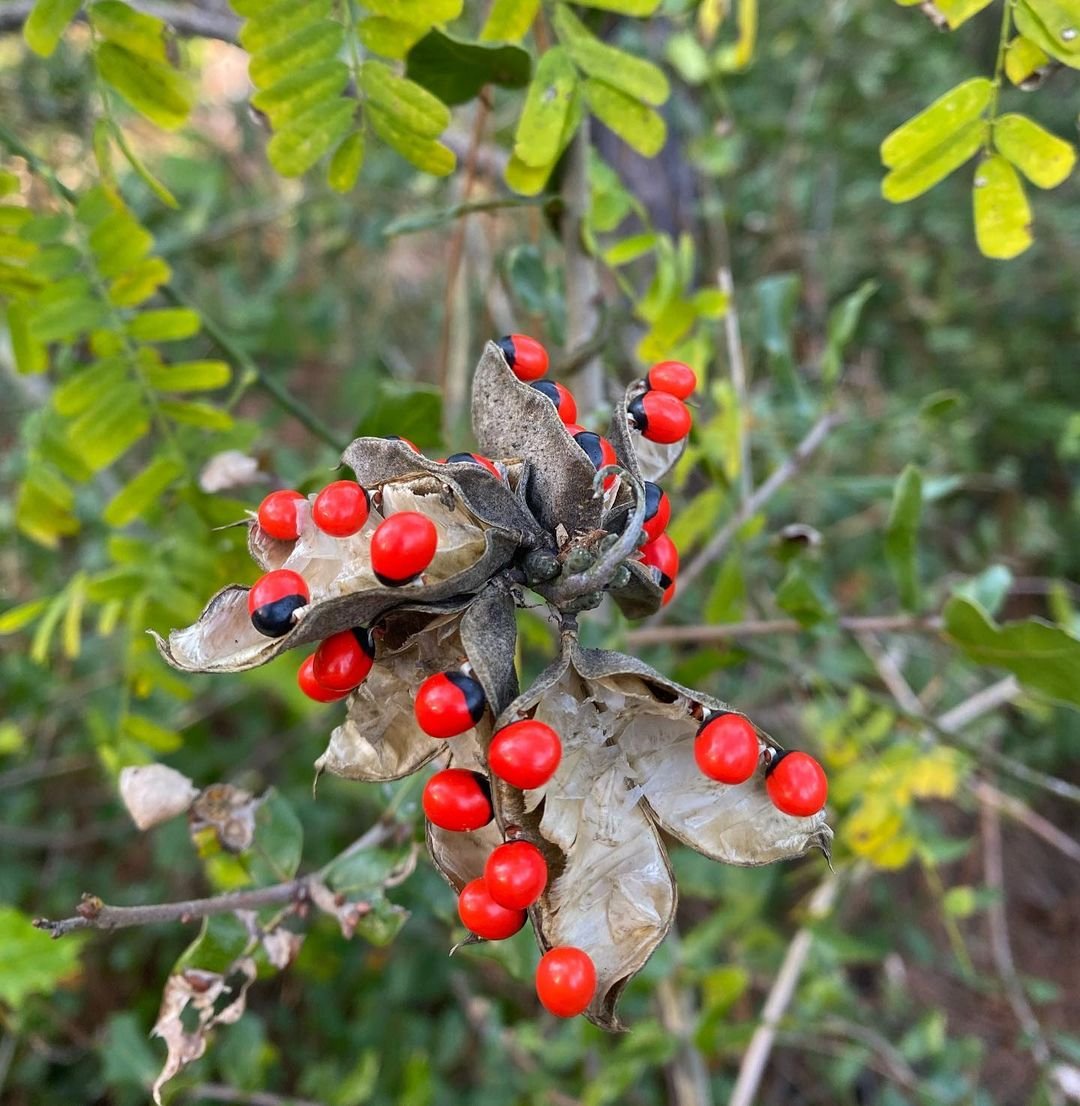
Here’s a short information chart about Rosary Pea (Abrus precatorius):
| Attribute | Information |
|---|---|
| Botanical Name | Abrus precatorius |
| Common Name | Rosary Pea, Jequirity, Crab’s Eye, Prayer Bead |
| Plant Type | Perennial vine |
| Zones | Typically Zones 10-11 |
| Sun Exposure | Full Sun to Partial Shade |
| Soil Type | Well-draining, Sandy to Loamy |
| Watering | Moderate |
| Growth Habit | Vine |
| Height/Spread | Can reach up to 6-9 feet tall, Spread varies |
| Special Features | Red seeds with black spots, Highly toxic if ingested |
The bright red seeds of the rosary pea plant might resemble harmless beads, but they are anything but innocent. These seeds contain a deadly toxin called abrin, which is highly poisonous and can cause severe internal bleeding if ingested.
5. Strychnine Tree (Strychnos nux-vomica)
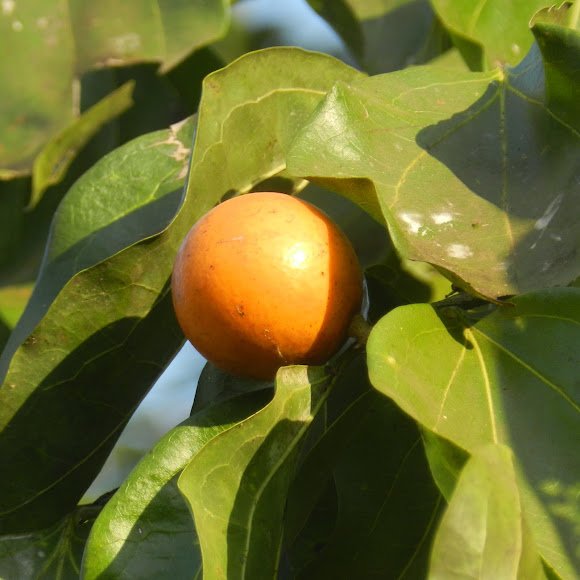
Here’s a short information chart about the Strychnine Tree (Strychnos nux-vomica):
| Attribute | Information |
|---|---|
| Botanical Name | Strychnos nux-vomica |
| Common Name | Strychnine Tree, Nux Vomica |
| Plant Type | Evergreen tree |
| Zones | Typically Zones 10-11 |
| Sun Exposure | Full Sun to Partial Shade |
| Soil Type | Well-draining, Sandy to Loamy |
| Watering | Moderate to Low |
| Growth Habit | Upright, Spreading |
| Height/Spread | Can reach up to 50 feet tall, Spread varies |
| Special Features | Small yellow flowers, Highly toxic seeds |
The strychnine tree produces one of the most potent natural poisons known to mankind. Strychnine, found in the seeds of this tree, is a powerful neurotoxin that can cause violent convulsions, muscle paralysis, and death in high doses.
6. Deadly Nightshade (Atropa belladonna)
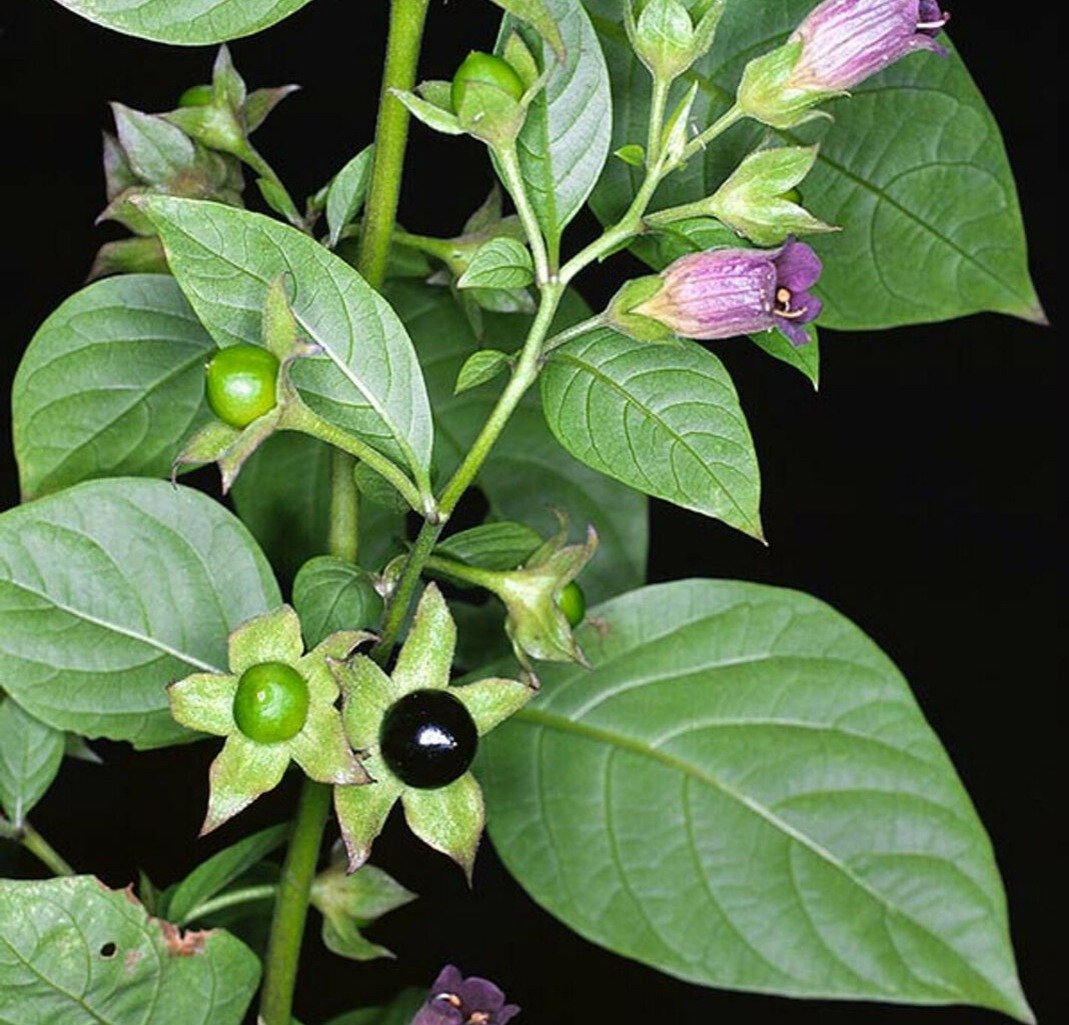
Here’s a short information chart about Deadly Nightshade (Atropa belladonna):
| Attribute | Information |
|---|---|
| Botanical Name | Atropa belladonna |
| Common Name | Deadly Nightshade, Belladonna |
| Plant Type | Perennial herbaceous plant |
| Zones | Typically Zones 5-9 |
| Sun Exposure | Full Sun to Partial Shade |
| Soil Type | Well-draining, Loamy |
| Watering | Moderate to Low |
| Growth Habit | Upright, Branching |
| Height/Spread | Can reach up to 3-5 feet tall, Spread varies |
| Special Features | Glossy dark purple berries, Highly toxic |
As its name suggests, the deadly nightshade is a plant to be reckoned with. All parts of this plant contain atropine and other toxic alkaloids that can cause delirium, hallucinations, and respiratory failure if ingested.
7. Water Hemlock (Cicuta maculata)
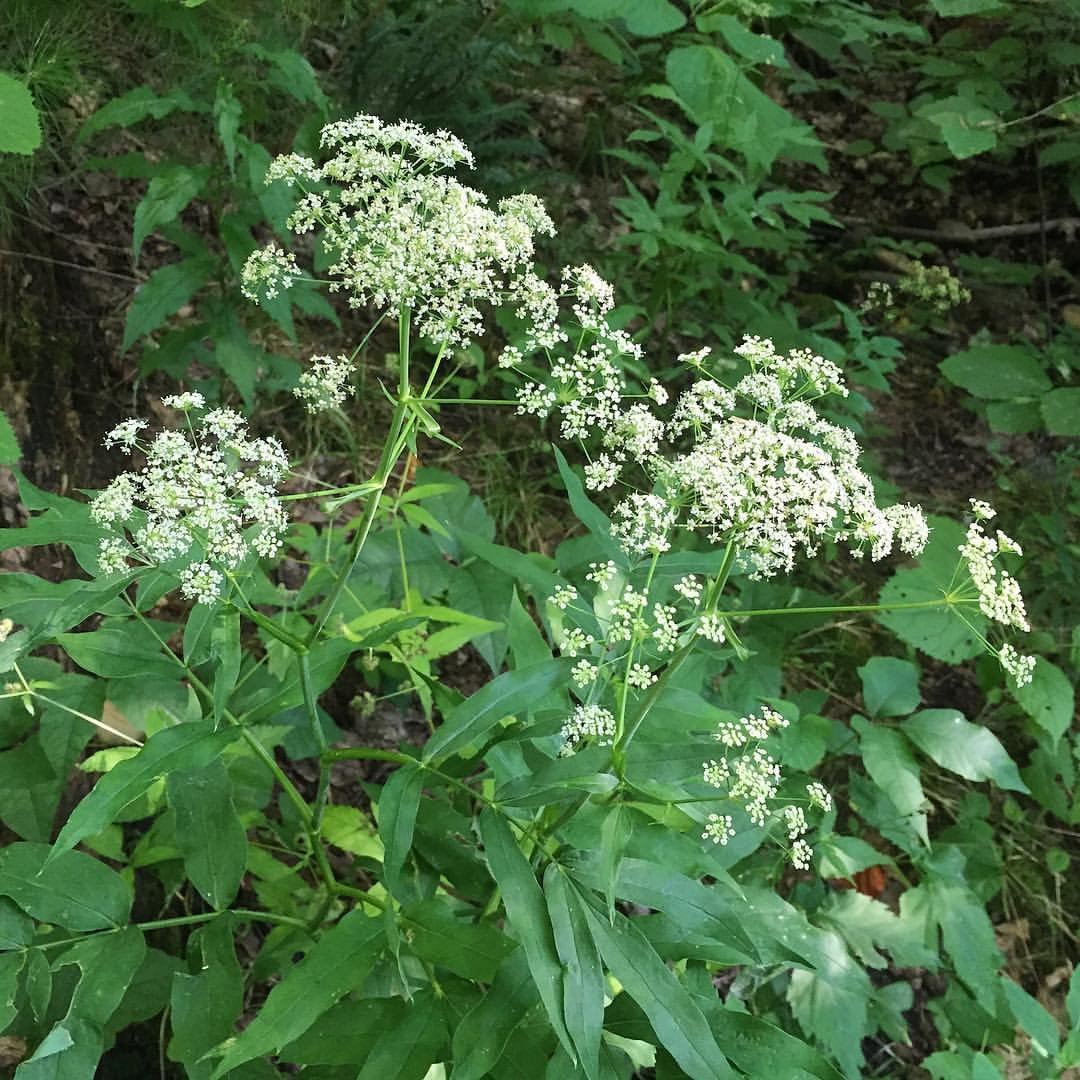
Here’s a short information chart about Water Hemlock (Cicuta maculata):
| Attribute | Information |
|---|---|
| Botanical Name | Cicuta maculata |
| Common Name | Water Hemlock |
| Plant Type | Perennial herbaceous plant |
| Zones | Typically Zones 3-8 |
| Sun Exposure | Full Sun to Partial Shade |
| Soil Type | Moist, Well-draining |
| Watering | Moderate to High |
| Growth Habit | Upright, Clump-forming |
| Height/Spread | Can reach up to 3-8 feet tall, Spread varies |
| Special Features | Small white flowers, Highly toxic |
Often mistaken for edible plants like parsnips or carrots, the water hemlock is one of the most violently toxic plants in North America. Its roots contain a potent toxin called cicutoxin, which can cause seizures, paralysis, and death within a matter of hours.
8. White Snakeroot (Ageratina altissima)
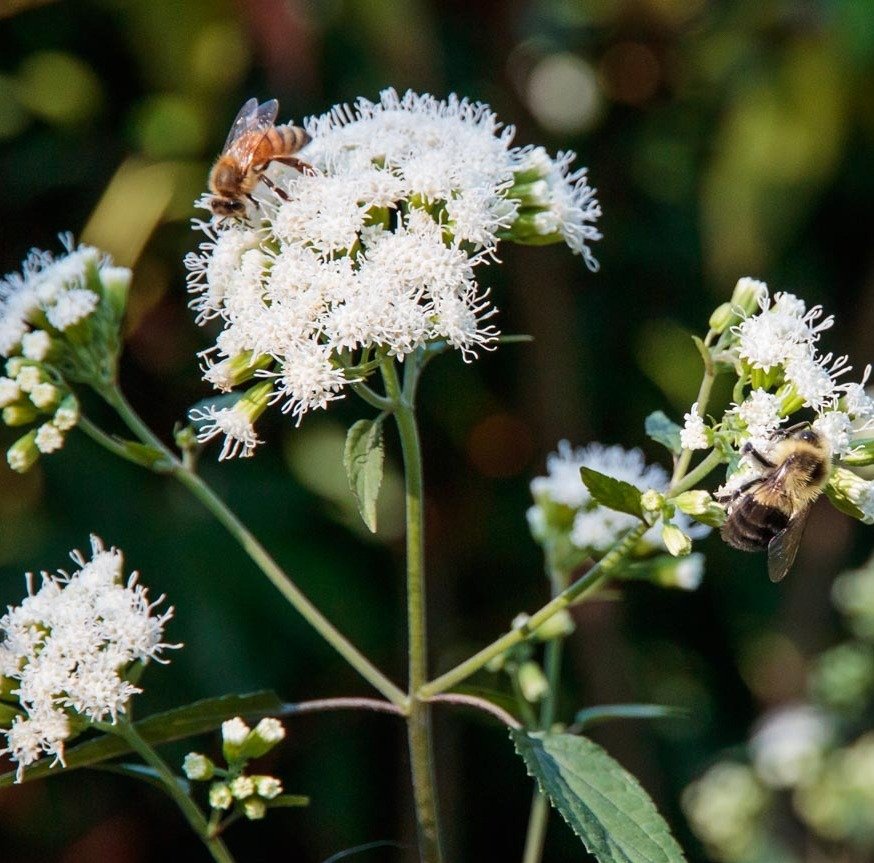
Here’s a short information chart about White Snakeroot (Ageratina altissima):
| Attribute | Information |
|---|---|
| Botanical Name | Ageratina altissima |
| Common Name | White Snakeroot |
| Plant Type | Perennial herbaceous plant |
| Zones | Typically Zones 3-8 |
| Sun Exposure | Partial Shade to Full Shade |
| Soil Type | Moist, Well-draining |
| Watering | Moderate to High |
| Growth Habit | Upright, Clump-forming |
| Height/Spread | Can reach up to 3-4 feet tall, Spread varies |
| Special Features | Small white flowers, Toxic if ingested |
This unassuming plant was responsible for a tragic outbreak known as the “Milk Sickness” in the early 19th century, which claimed thousands of lives in the American Midwest. The toxins in white snakeroot can pass through the milk of cows that graze on it, making it a deadly threat to humans.
9. Manchineel Tree (Hippomane mancinella)
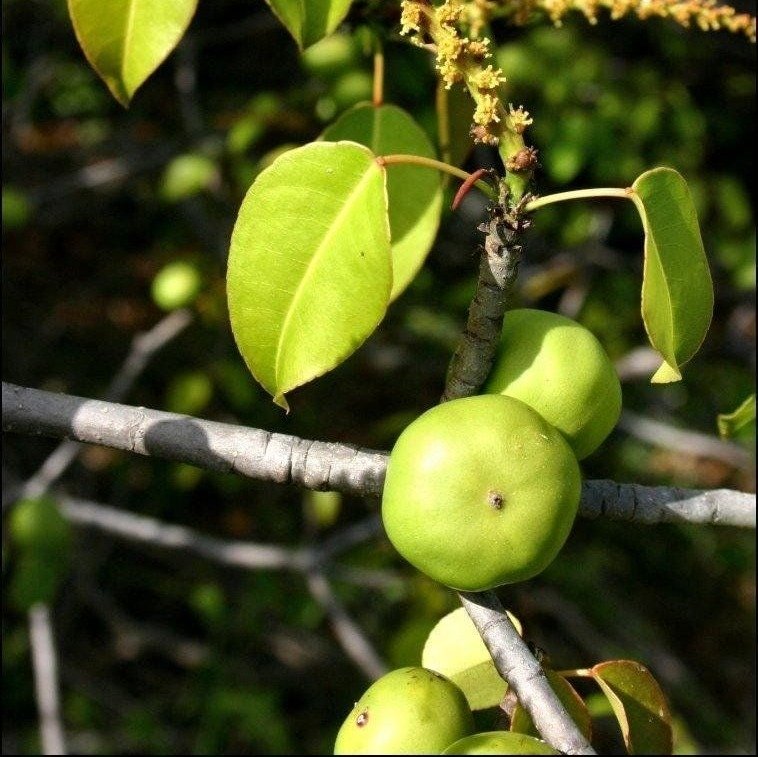
Here’s a short information chart about the Manchineel Tree (Hippomane mancinella):
| Attribute | Information |
|---|---|
| Botanical Name | Hippomane mancinella |
| Common Name | Manchineel Tree |
| Plant Type | Evergreen tree |
| Zones | Typically Zones 10-11 |
| Sun Exposure | Full Sun to Partial Shade |
| Soil Type | Sandy, Well-draining |
| Watering | Moderate |
| Growth Habit | Upright, Rounded canopy |
| Height/Spread | Can reach up to 50 feet tall, Spread varies |
| Special Features | Small greenish-yellow flowers, Toxic sap |
Dubbed the “tree of death,” the manchineel tree is one of the most dangerous plants in the world. Its sap, leaves, and fruit all contain potent toxins that can cause severe burns, blindness, and even death if ingested or exposed to the skin or eyes.
10. Monkshood (Aconitum napellus)
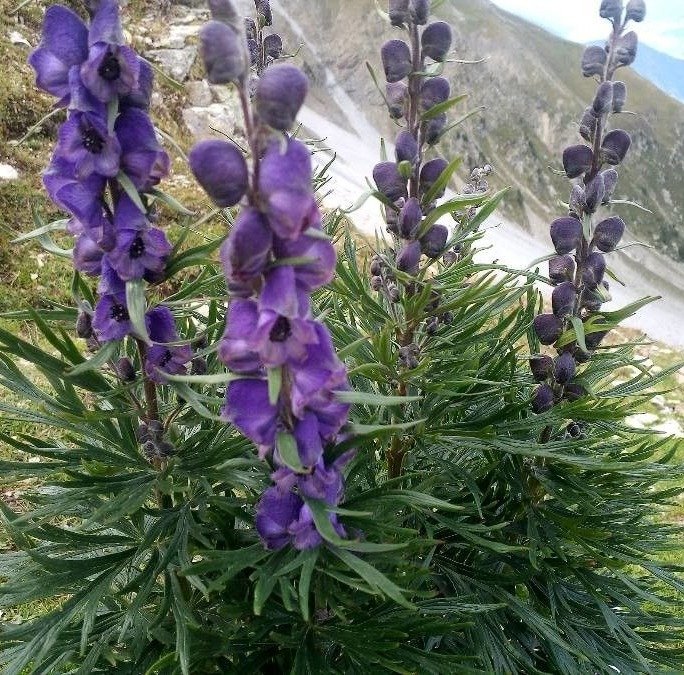
Here’s a short information chart about Monkshood (Aconitum napellus):
| Attribute | Information |
|---|---|
| Botanical Name | Aconitum napellus |
| Common Name | Monkshood |
| Plant Type | Herbaceous perennial |
| Zones | Typically Zones 3-7 |
| Sun Exposure | Partial Shade to Full Shade |
| Soil Type | Moist, well-draining |
| Watering | Moderate |
| Growth Habit | Upright, clump-forming |
| Height/Spread | Can reach up to 2-4 feet tall, Spread varies |
| Special Features | Hooded blue-purple flowers, Highly toxic |
With its striking blue flowers, the monkshood plant might seem harmless, but it’s anything but. This plant contains aconitine, a powerful neurotoxin that can cause heart arrhythmia, paralysis, and death in severe cases.
As we’ve explored, the plant kingdom harbors some truly sinister specimens that demand our utmost respect and caution. While these dangerous plants serve as a reminder of nature’s incredible power, it’s crucial to appreciate them from a safe distance. Remember, never ingest or handle unfamiliar plants without proper guidance, and always prioritize safety when venturing into the great outdoors.

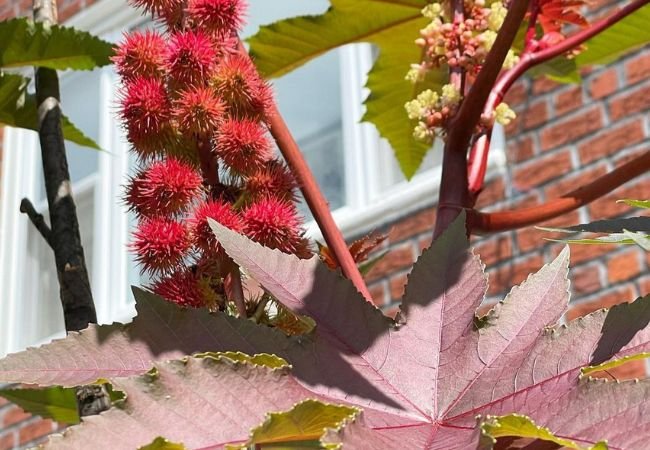

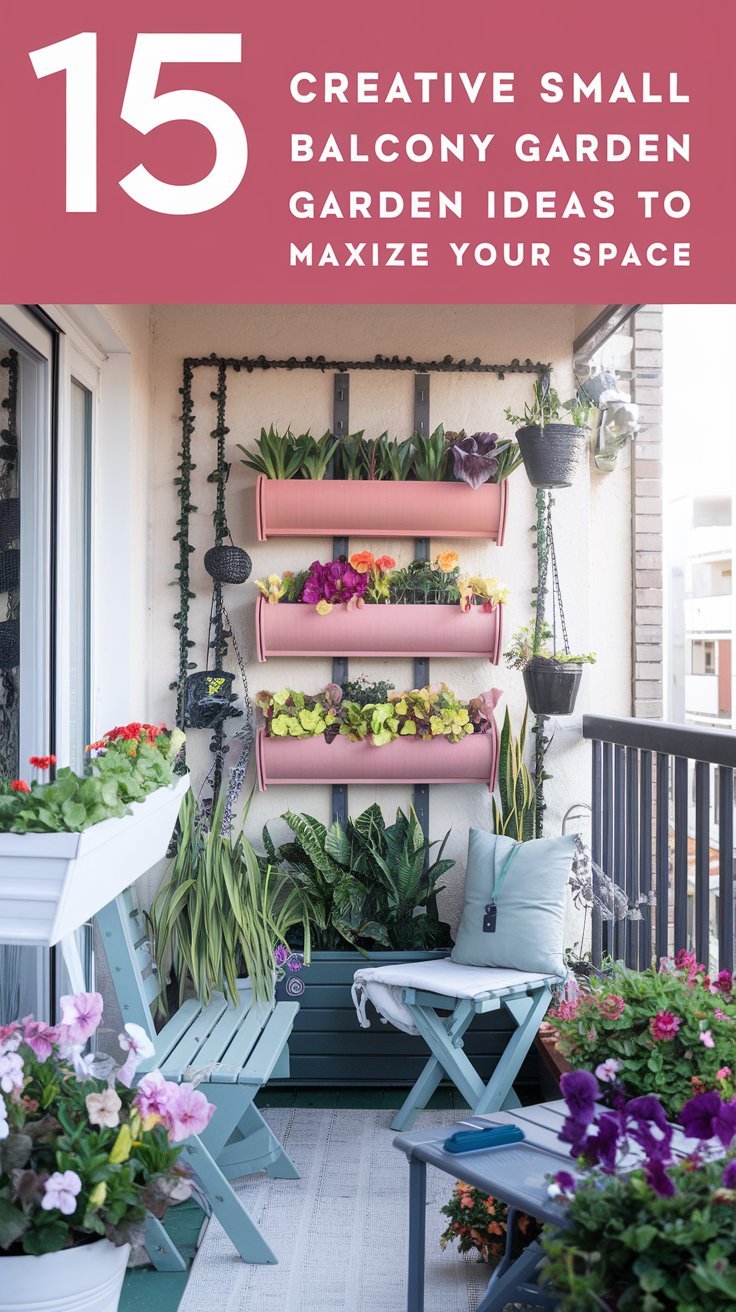




Leave a Reply